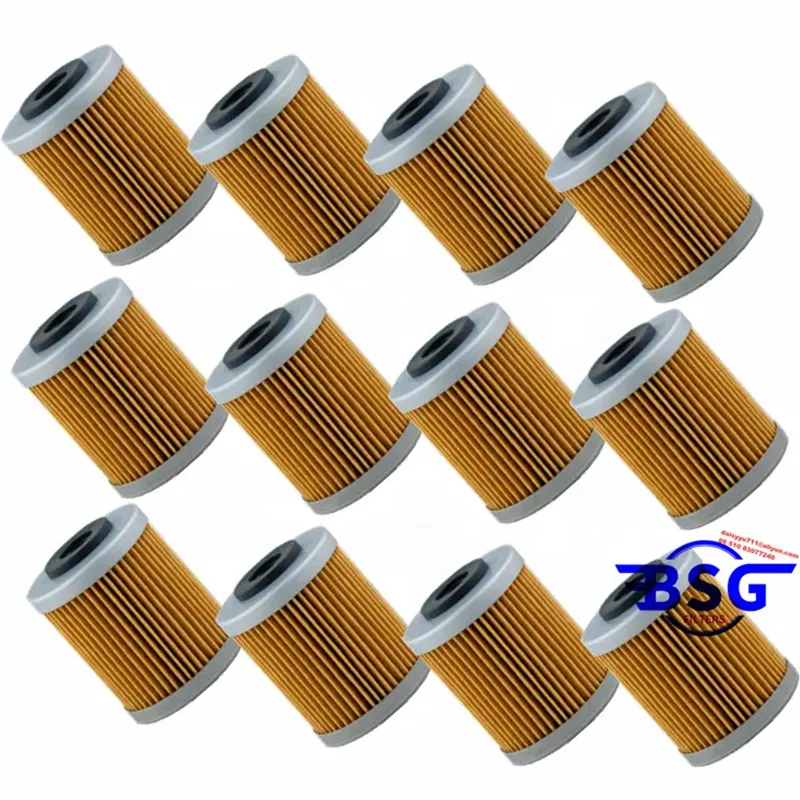T-shaped rubber seal strips are an integral part of many industries, offering a blend of efficiency, durability, and versatility. Their significance in creating effective seals cannot be overlooked, as they protect against environmental factors and improve overall functionality. Whether in automotive manufacturing, construction, or electronics, the use of T-shaped rubber seal strips is a testament to the importance of high-quality sealing solutions in ensuring product reliability and performance. With ongoing innovations in materials and manufacturing techniques, the future of T-shaped rubber seal strips looks promising, ensuring that they will continue to be a vital component in an array of applications.
 Home
Home








